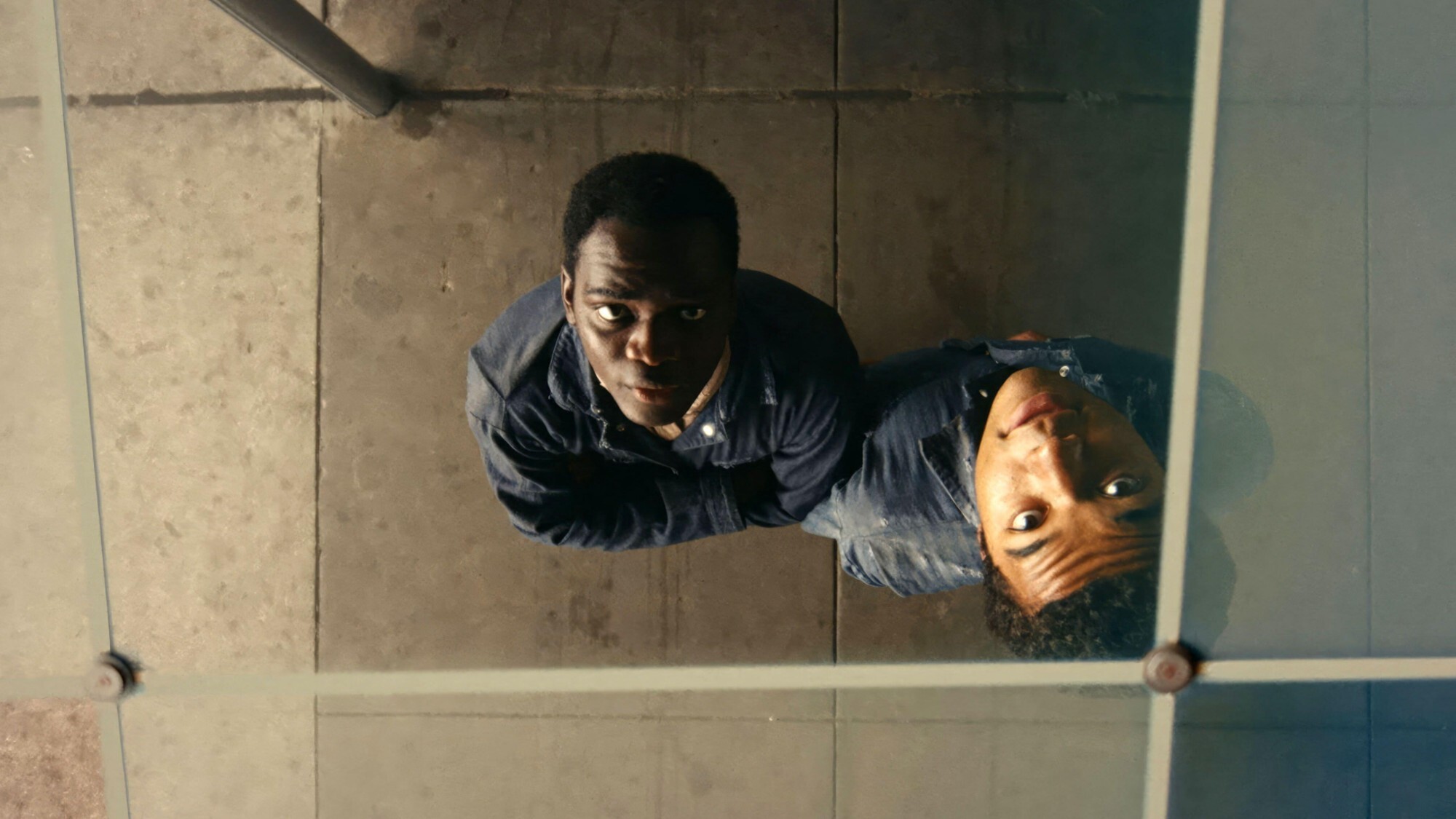Editor's letter: Electronic cocoons
Smartphones have their upside, but city streets are now full of people walking with their heads down.
Most people on subways used to vegetate as they shuttled from home to work and then back again. A few would read, but the
default position I often saw—whether on the Chicago el, the Paris Métro, the London Tube, or the New York subway—was a grim or at best neutral gaze into the middle distance, meant to avoid the unsettling hazard of catching a stranger’s eye. When the recent spate of snow drove me underground for weeks, I noticed how much that has changed. On any given trip, at least half of those people are staring at their smartphones. Some of them are playing games or reading, but on my route, which now has free Wi-Fi, a surprising number of them (I admit: I’ve peeked) seem to actually be communicating with another human being, either by text or email. In this one microcosm where the cardinal rule was always not to connect to other people, many are doing just that.
I guess that’s one upside of people spending every spare minute hunched over their smartphones. But enough is enough. City streets are now full of people walking with their heads down, and it’s common to see couples sitting at dinner in dumb silence while typing messages. Not me. I spend the whole day looking at a screen about two feet from my eyeballs. It has become vitally important to my eyesight, and my mental health, to break out of my electronic cocoon and cast my gaze farther afield. So when I ride a subway, I’d rather do so looking up and looking around. If I occasionally catch someone’s eye, so what? The immediate world can reward your curiosity, too.
The Week
Escape your echo chamber. Get the facts behind the news, plus analysis from multiple perspectives.

Sign up for The Week's Free Newsletters
From our morning news briefing to a weekly Good News Newsletter, get the best of The Week delivered directly to your inbox.
From our morning news briefing to a weekly Good News Newsletter, get the best of The Week delivered directly to your inbox.
James Graff
A free daily email with the biggest news stories of the day – and the best features from TheWeek.com
-
 Political cartoons for January 4
Political cartoons for January 4Cartoons Sunday's political cartoons include a resolution to learn a new language, and new names in Hades and on battleships
-
 The ultimate films of 2025 by genre
The ultimate films of 2025 by genreThe Week Recommends From comedies to thrillers, documentaries to animations, 2025 featured some unforgettable film moments
-
 Political cartoons for January 3
Political cartoons for January 3Cartoons Saturday's political cartoons include citizen journalists, self-reflective AI, and Donald Trump's transparency
-
Editor's letter
feature
-
Editor's letter: Are college athletes employees?
feature The National Labor Relations Board's decision deeming scholarship players “employees” of Northwestern University has many worrying that college sports itself will soon be history.
-
Editor's letter
feature
-
Editor's letter: When a bot takes your job
feature Now that computers can write news stories, drive cars, and play chess, we’re all in trouble.
-
Editor's letter: The real cause of income inequality
feature When management and stockholders pocket all the profits, the middle class falls further behind.
-
Editor's letter: The real reason you’re so forgetful
feature When you consider how much junk we’ve stored in our brains, it’s no surprise we can’t remember our PINs.
-
Editor's letter: Ostentatious politicians
feature The McDonnells’ indictment for corruption speaks volumes about the company elected officials now keep.
-
Editor's letter: The palette of American manhood
feature Look around and you’d almost think American manhood was pinned down in a kind of Custer’s Last Stand, driven to desperate means of defense.